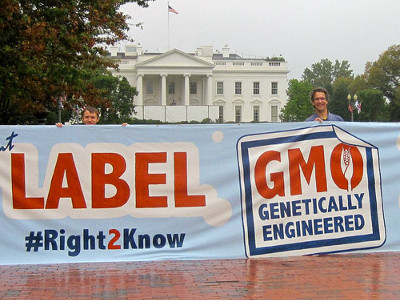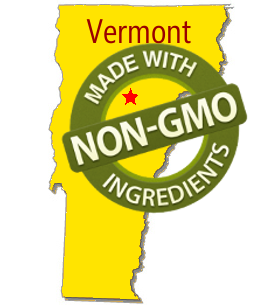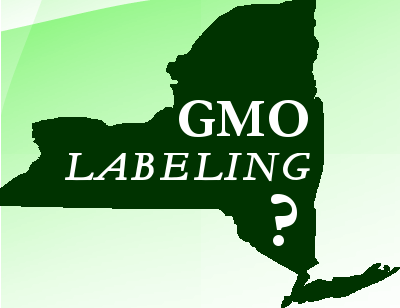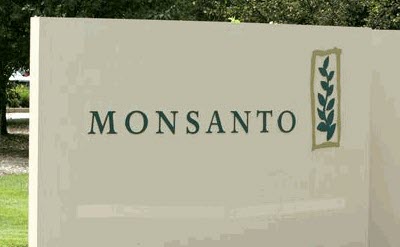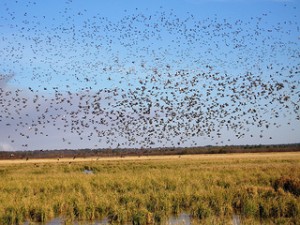The latest on the email scandal revealing close ties between industry and public university professors and the EPA’s failure to protect the bees.
|
|
|||
|
With farmers facing corn rootworm resistance in at least 13 states, the Environmental Protection Agency has proposed a framework earlier in the year to improve the corn rootworm resistance management program. A Federal judge upholds GMO labeling law as constitutional setting up an appeal. Also questioned the ‘natural’ labeling of products with GE ingredients. The Economic Research Service, an arm of the U.S. Department of Agriculture, in its second report, Genetically Engineered Crops in the United States, downplayed the impact of glyphosate resistance and gave Bt crops the kid gloves treatment. A recent number crunching report by the Electronic Research Service (ERS) arm of the US Department of Agriculture (USDA) gives the reader an eye full of charts, graphs and statistics but not the full picture of Genetically Engineered Crops in the U.S. The Supreme Court’s decision not to hear the case means that the Farmers case will not be reinstated nor decided on its merits and the decisions from the Court of Appeals stands. There is no scientific consensus that GM crops are safe, especially when the views of the scientific community independent of the GM crop development industry are taken into account. While the Washington State labeling initiative appears to have been defeated, being outspent by opponents by a ratio of nearly 3-1, and with the focus now shifting to labeling initiatives in Oregon, Pennsylvania and New Jersey, we look at other important stories that you may have missed in the pre-election buzz. Connecticut will become the first and only state so far to require food manufacturers to label products containing genetically modified ingredients — but there is a catch! Legislation proposed in New York would require labeling of food or food products that contain a genetically modified material. With a deadline for a vote looming, can New Yorkers keep the bill alive? The claim that GMOs reduce pesticide use — a main selling point — should be abandoned by the industry that is gobbling up dramatic pesticide sales growth in response to hardy plant pests rapidly adopting and developing resistance to genetically modified crops. What has the existing patent system in agriculture yielded? Seed industry consolidation, increased seed prices, loss of biodiversity, and the stifling of independent research and scientific inquiry. The latest about intellectual property in agriculture. In a case of national prominence, farmers, seed selling businesses and agricultural organizations are fighting for their right to seek legal protection from accusations of patent infringement by the agri-giant Monsanto should they become contaminated by Monsanto’s GMO seed. The term “GMO” is an acronym that more Americans recognize because of the events that transpired in 2012. Here are the stories that concerned, disappointed and inspired us during this past year. Thank you for reading and have a healthy and happy New Year! A judge recently ordered Fish and Wildlife Services to halt the planting of genetically engineered crops on the national wildlife land in the Southeast Region. Similar result eluded environmental groups in a related lawsuit over GMO use on refuge lands in the Midwest Region. There was no shortage of vitriol against a new long-term GMO study showing cancers in rats fed GM maize, as well as those fed Roundup, in amounts well below the officially set safety limits. Is the orchestrated response to discredit Seralini et al anti-science? Advocacy takes different forms. Harrington Investments and PANNA are trying to foster greater public awareness about Monsanto’s unsustainable corporate practices by engaging in shareholder advocacy. A new report shows an intense worldwide grassroots opposition to the dominance of multinational biotech companies like Monsanto who make big promises but fail to deliver. Not a mere hypothetical disagreement. The OSGATA lawsuit against Monsanto moved forward, despite the lower court dismissal, as more scholars and organizations echo concerns over GMO contamination and onerous lawsuits. After a lengthy legal battle the U.S. Department of Agriculture decided to completely deregulate Monsanto’s genetically engineered sugar beets. Monsanto’s genetically modified soybeans to be used for cooking oil containing lower levels of saturated fats and higher levels monounsaturated fats were approved last year by U.S. regulators. Yet, while Monsanto prepares for product launch, important safety questions remain unanswered. Did you know that United States permits the planting of genetically engineered crops in the nation’s protected wildlife refuges? Environmental groups have challenged this practice one region at a time. |
|||
|
 |
|||
